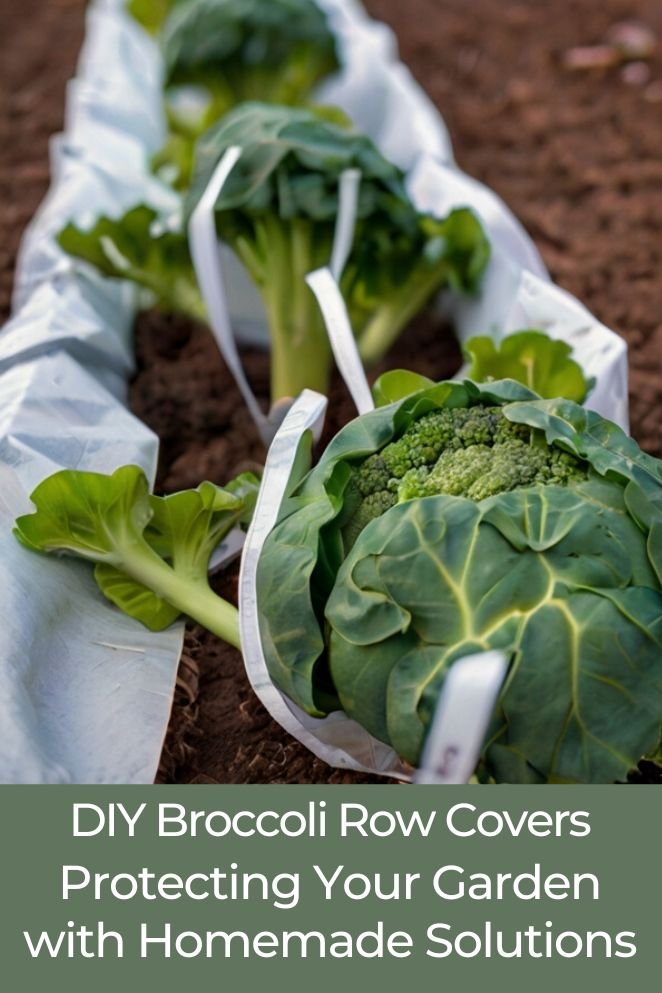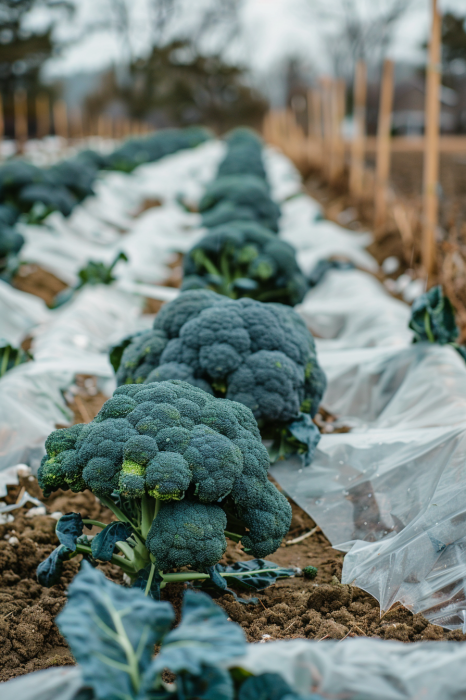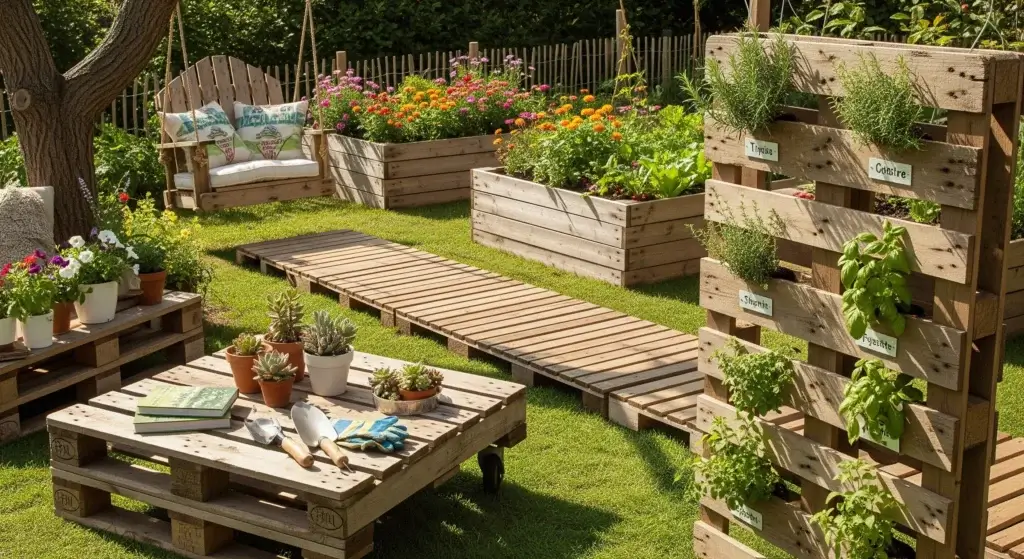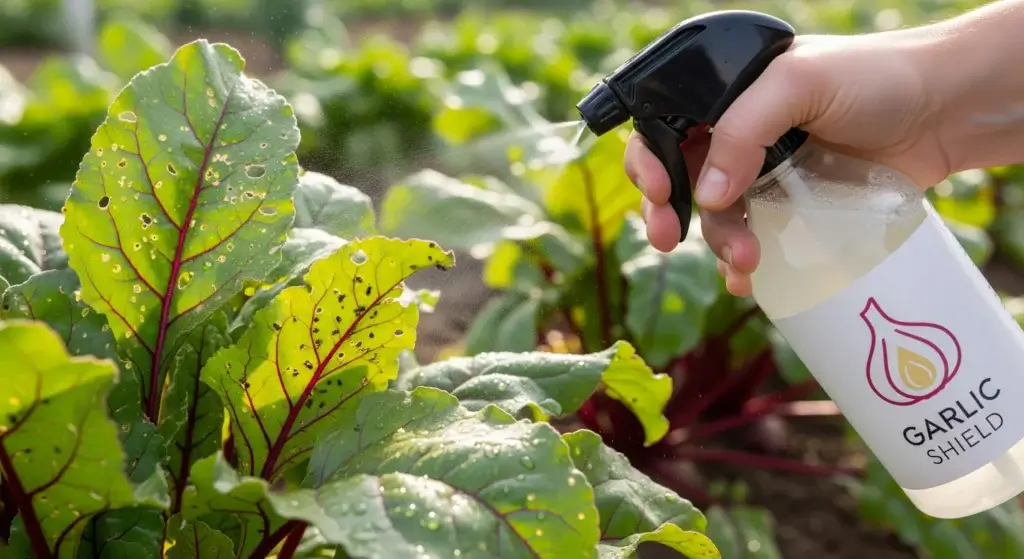
Broccoli is a popular vegetable that is both nutritious and delicious.
However, it can be challenging to grow, especially in areas with harsh weather conditions or pest problems.
Row covers are an effective solution for protecting your broccoli plants and ensuring a successful harvest.
In this blog post, we will discuss the benefits of row covers for broccoli, how to create your own DIY row covers, and tips for using them effectively.
Benefits of Row Covers for Broccoli
Row covers offer several benefits for growing broccoli:
- Pest control: Row covers can help protect your broccoli plants from pests, such as aphids, cabbage worms, and broccoli moths.
- Weather protection: Row covers can protect your broccoli plants from extreme temperatures, heavy rain, and wind.
- Season extension: Row covers can help extend the growing season, allowing you to harvest broccoli earlier in the year and keep it growing longer.

Creating Your DIY Row Covers
Materials needed
To create your own DIY row covers, you will need the following materials:
- Row Cover Fabric: Choose a lightweight frost cloth or breathable shade cloth that allows for adequate ventilation.
- Support hoops: Use PVC pipe, metal conduit, or even sturdy branches for support.
- Securing materials: Select ground staples, garden clips, or twine for securing the fabric to the hoops and the ground.
Creating your DIY row covers
Embarking on a DIY project to protect your broccoli plants? Here’s a detailed guide to creating effective row covers for your garden.
- Read also: DIY Plant Covers for Winter
- Read also: DIY Plant Pot From Clay
Planning and measuring
Begin by measuring your broccoli rows meticulously.
Accurate measurements ensure that the fabric covers snugly fit around your plants, offering optimal protection.
This initial step is crucial for determining the amount of fabric needed to cover your entire broccoli patch.
Cutting the fabric
Once you have your measurements, cut the fabric to the required size.
Ensure that the fabric is long enough to drape over the hoops comfortably and secure at the edges.
Leaving enough room for ventilation is key to preventing overheating, fostering a healthy environment for your broccoli plants to thrive.
Building the hoops
Construct sturdy hoops from your chosen material. The height of the hoops is critical – it should comfortably accommodate the growth of your broccoli plants.
Consider the variety of broccoli you’re cultivating and the climate in your area when determining the ideal height for the hoops.
Sturdy and appropriately sized hoops are fundamental for the success of your row cover.
Securing the row covers
With your fabric cut and hoops in place, it’s time to create a protective enclosure for your broccoli.
Attach the fabric to the hoops securely, ensuring it drapes evenly over the entire structure.
To keep the covers in place, employ ground staples, garden clips, or twine to secure the fabric to the ground.
This step guarantees a stable and effective barrier against pests and adverse weather conditions.

Tips and Tricks for Using Row Covers
When employing row covers for your garden, implementing the right techniques ensures optimal results.
Here’s a guide to enhance the functionality of your row covers:
Ventilation
To prevent overheating on warm days, prioritize proper ventilation.
Leaving the ends of the row covers open allows air circulation, maintaining an optimal temperature for your plants.
Alternatively, on exceptionally hot days, consider temporarily removing the fabric to prevent heat buildup.
Adequate ventilation is crucial for preventing stress and promoting healthy growth.
Access for pollination
During the flowering stage, ensure access for pollinators, especially bees.
If your broccoli variety relies on bee pollination, temporarily remove or prop open the row covers to facilitate the crucial pollination process.
However, if you’re cultivating a self-pollinating broccoli variety, this step may not be necessary.
Balancing protection and accessibility is key for a thriving garden ecosystem.
Monitoring and Adjustments
Vigilance is key to successful row cover usage. Regularly check the covers for tears, damage, or signs of wear and tear.
Make adjustments as needed throughout the growing season to maintain their efficacy.
Timely repairs and alterations ensure a consistent and reliable barrier against pests, adverse weather conditions, and other potential threats.

- Read also: DIY Asparagus Bed: A Guide to Growing Your Delicious Harvest
- Read also: How to Build a DIY Bean Trellis
Conclusion
Shielding your broccoli from pests and unpredictable weather doesn’t have to break the bank.
DIY row covers offer a cost-effective solution for safeguarding your plants throughout the seasons.
This blog post guides you through the simple steps to create your own protective covers, ensuring a fruitful broccoli harvest awaits.
With these budget-friendly measures, your garden can thrive without compromising on effectiveness.



